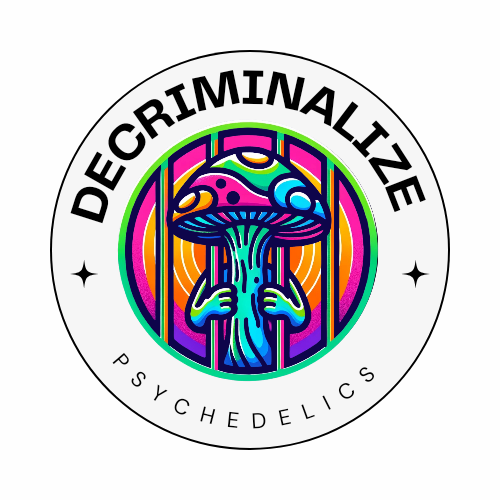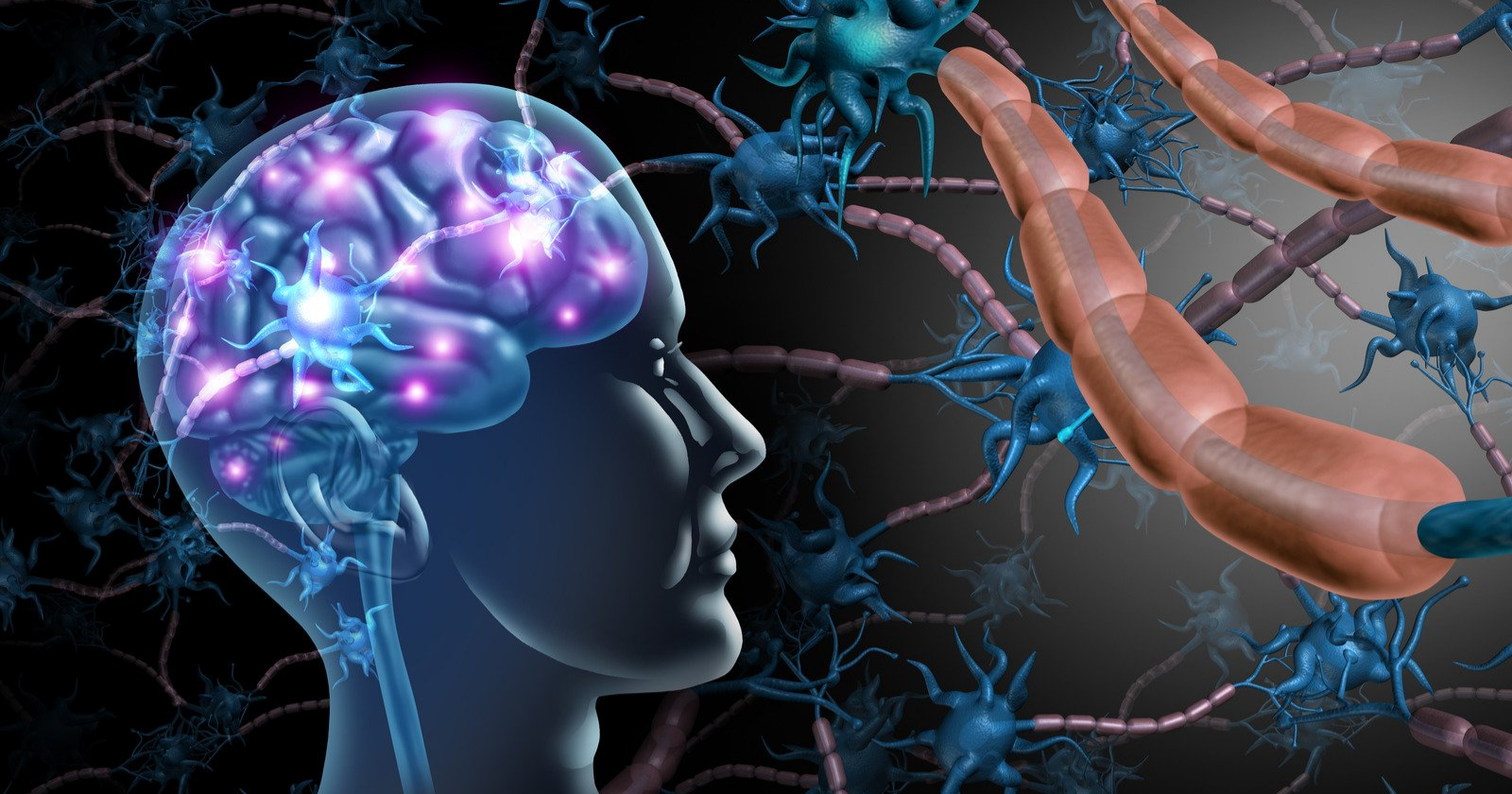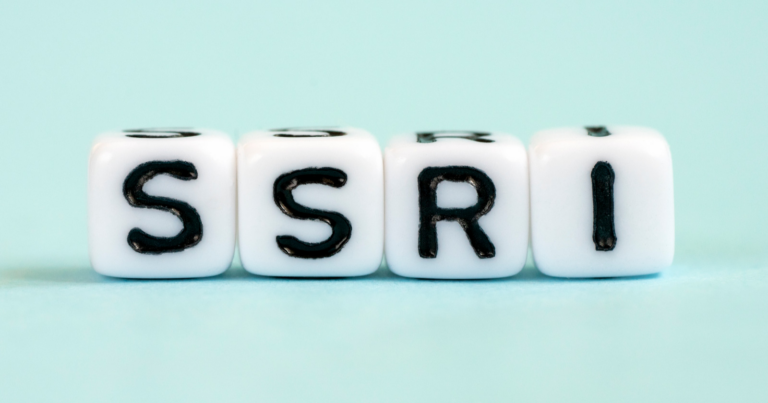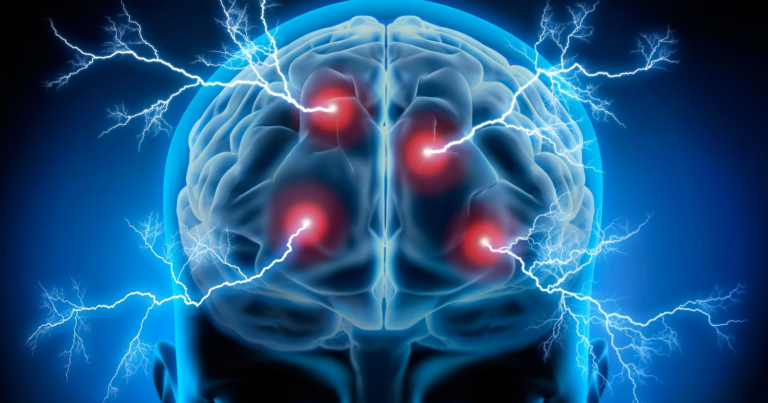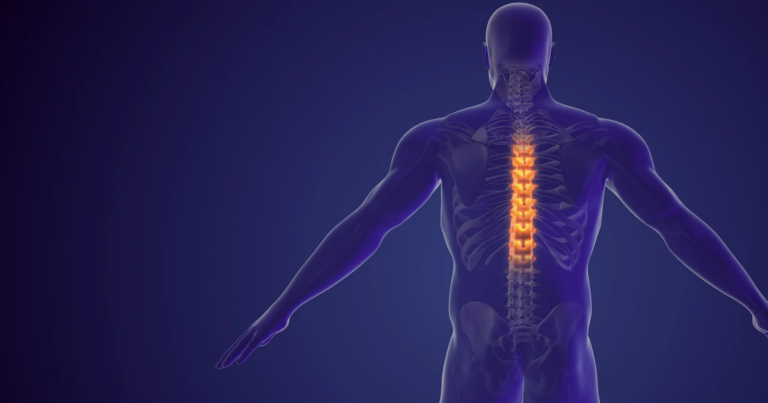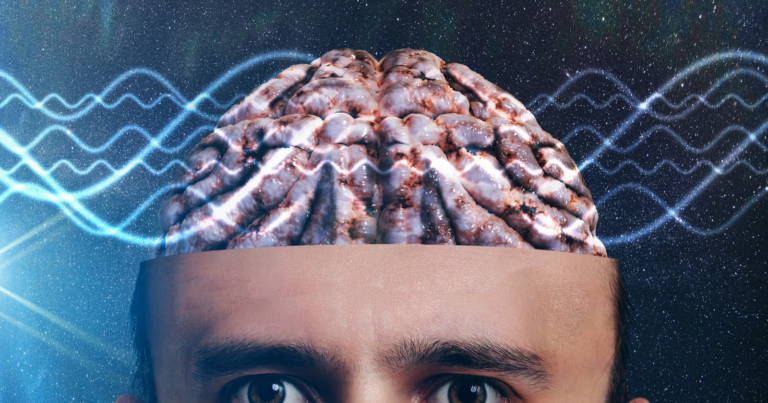Dimethyltryptamine (DMT) is a powerful psychoactive compound that intrigues scientists, psychonauts, and spiritual seekers.
One of its most well-known natural sources is the South American brew known as Ayahuasca, traditionally used in indigenous shamanic rituals for its profound visionary and spiritual effects.
Recent studies have shed light on DMT’s influence on brain functions. providing intriguing insights into the cognitive implications of this potent compound.
Read on to discover the core elements of DMT, as we dissect the latest research.
DMT’s Interplay with the Brain
DMT, a naturally occurring psychedelic compound, has a significant impact on our brain function.
When consumed, it interacts with specific receptors in the brain, leading to alterations in our perception, thought processes, and emotions. Research indicates that DMT primarily binds to the serotonin receptor, known as 5-HT2A, found in the brain’s cortex and key areas responsible for cognition and perception.
This interaction is believed to result in the intense hallucinogenic effects synonymous with DMT use.
It’s essential to note that DMT’s influence extends beyond these receptors, impacting other neurotransmitters and neural circuits. The effects on the brain are multifaceted and complex.
Neurological Impacts of DMT
One area of research that has garnered significant attention is how DMT affects the brain on a neurological level.
Studies have shown that DMT stimulates an increase in electrical activity within the brain. This hyperactivity manifests as alterations in consciousness and profound shifts in perception.
Interestingly, DMT’s impact on brain activity is not uniform. Instead, it selectively intensifies activity in certain regions, predominantly those associated with visual processing and attention.
This selective stimulation is believed to underlie the vivid visual hallucinations experienced during a DMT trip.
Research suggests that DMT can induce neuroplastic changes, affecting how neurons communicate and form connections. These changes are thought to contribute to the long-term effects of DMT on cognition and mental health.
And here’s something you might find surprising:
A study published in the journal “Scientific Reports” found that DMT can promote the growth of new brain cells, a process known as neurogenesis.
This remarkable finding opens up potential avenues for therapeutic applications of DMT in neurodegenerative disorders.
However, more research is needed to validate these preliminary observations and understand their implications fully.
DMT’s Influence on Perception and Reality
An essential aspect of understanding DMT’s impact on brain function relates to its profound influence on perception and experienced reality. The phenomenological effects of DMT are notoriously difficult to capture in words.
However, they’re often described as immersive, transformative, and deeply meaningful.
Users frequently report experiences of ego dissolution, a sense of unity with the universe, and encounters with otherworldly entities. These extraordinary experiences are believed to stem from DMT’s powerful modulation of brain activity, particularly within areas responsible for self-referential thought and perception.
A notable example is a groundbreaking study conducted by Dr. Rick Strassman, often referred to as “The Spirit Molecule” research.
Volunteers administered with DMT reported intense mystical experiences, including feelings of transcendent joy, timelessness, and encounters with seemingly sentient beings. These experiences, although subjective, provide valuable insights into the profound changes in consciousness induced by DMT.
While these psychedelic experiences are intriguing, it’s crucial to approach them with caution.
The effects of DMT can be overwhelming and potentially distressing for some individuals, underlining the importance of set and setting in shaping the psychedelic experience.
Therapeutic Implications of DMT
Following from the previous points, it’s clear that DMT’s effects on brain functions are intricate and far-reaching.
But you might be wondering, beyond the realm of psychedelic experiences, does DMT have any therapeutic implications?
Well, the answer is potentially yes.
Recent research suggests that DMT might have therapeutic benefits, particularly in the field of mental health. Studies indicate that DMT could be useful in the treatment of mood disorders like depression and anxiety.
For instance, a study published in the “American Journal of Drug and Alcohol Abuse” found that use of ayahuasca, a traditional psychedelic brew containing DMT, was associated with significant improvements in depression and stress scores among participants.
Preliminary research indicates that the neuroplastic changes induced by DMT might aid in the treatment of neurodegenerative disorders.
But, it’s crucial to note that these findings are preliminary.
Much more research is needed to fully understand DMT’s potential therapeutic benefits and risks. As such, its use in a clinical context should be approached with caution until more definitive evidence is available.
Understanding the Mystique of DMT
As we delve deeper into the world of DMT, it’s impossible to ignore the sense of mystique surrounding this potent compound.
Part of this intrigue stems from DMT’s capacity to profoundly alter our perception of reality and induce experiences that defy conventional understanding.
But, beyond these psychedelic experiences, I believe it’s crucial for us to appreciate the scientific insights these studies offer.
As we’ve seen, DMT’s effects extend from altering neuronal activity and brain function to potentially stimulating neurogenesis and treating mental health disorders.
These revelations not only demystify DMT but also underscore its potential therapeutic applications.
As with any potent substance, it’s essential we approach DMT with caution and respect.
While its potential benefits are tantalizing, it’s equally important to recognize the potential risks and unanswered questions surrounding its use.
As responsible individuals and communities, let’s continue to support scientific research that can provide definitive answers and guide safe, therapeutic use.
Final Insights into DMT’s Impact on Brain Function
The exploration of DMT’s effects on brain function opens up a fascinating world of neuroscience and psychopharmacology.
Through the lens of recent studies, we gain a deeper understanding of how this potent substance can drastically alter our perception, influence neural activity, and potentially contribute to mental health treatments.
Although the mystical experiences associated with DMT are intriguing, it is the scientific insights that truly illuminate its multifaceted impact on our brains.
As we continue this exploration, let’s support further research to safely harness the potential benefits of DMT while minimizing any associated risks.
The journey into understanding DMT’s influence on brain function is far from over, but every step brings us closer to shedding light on this complex interplay.
